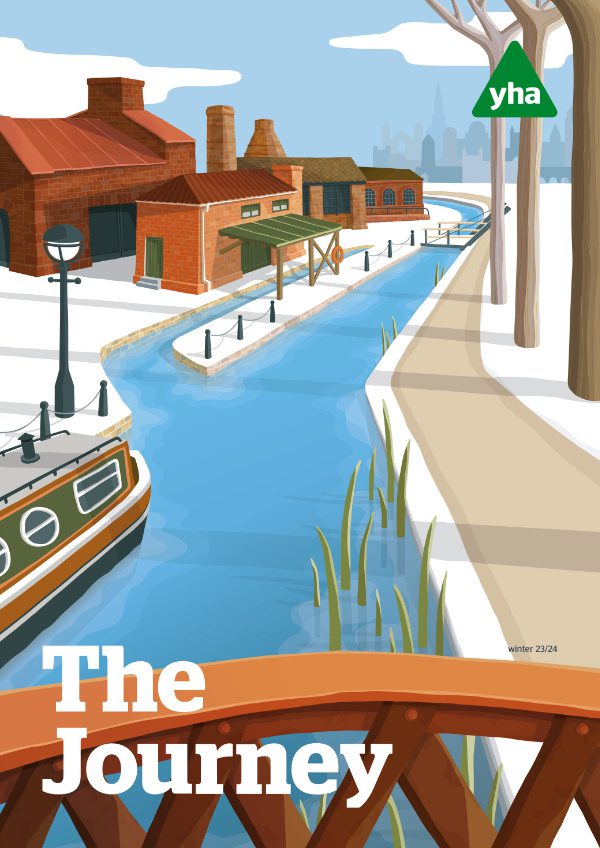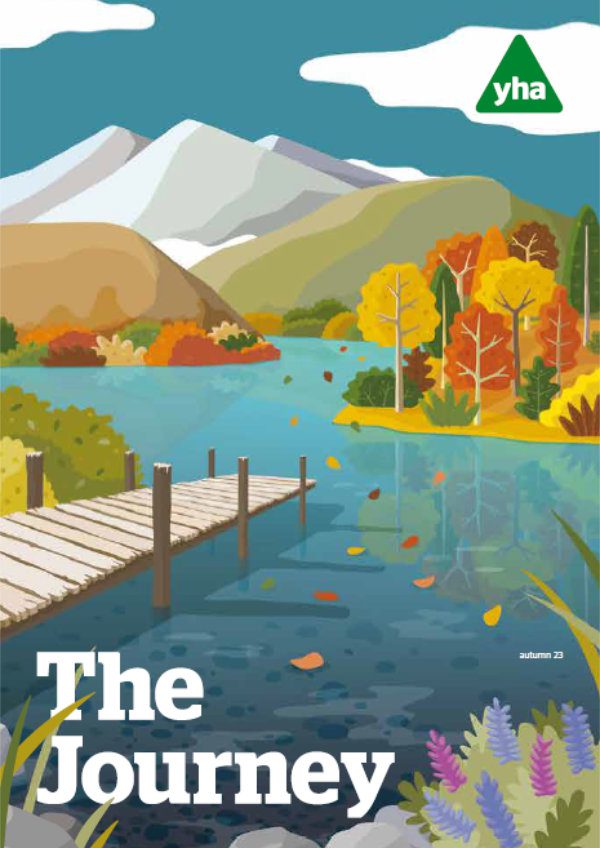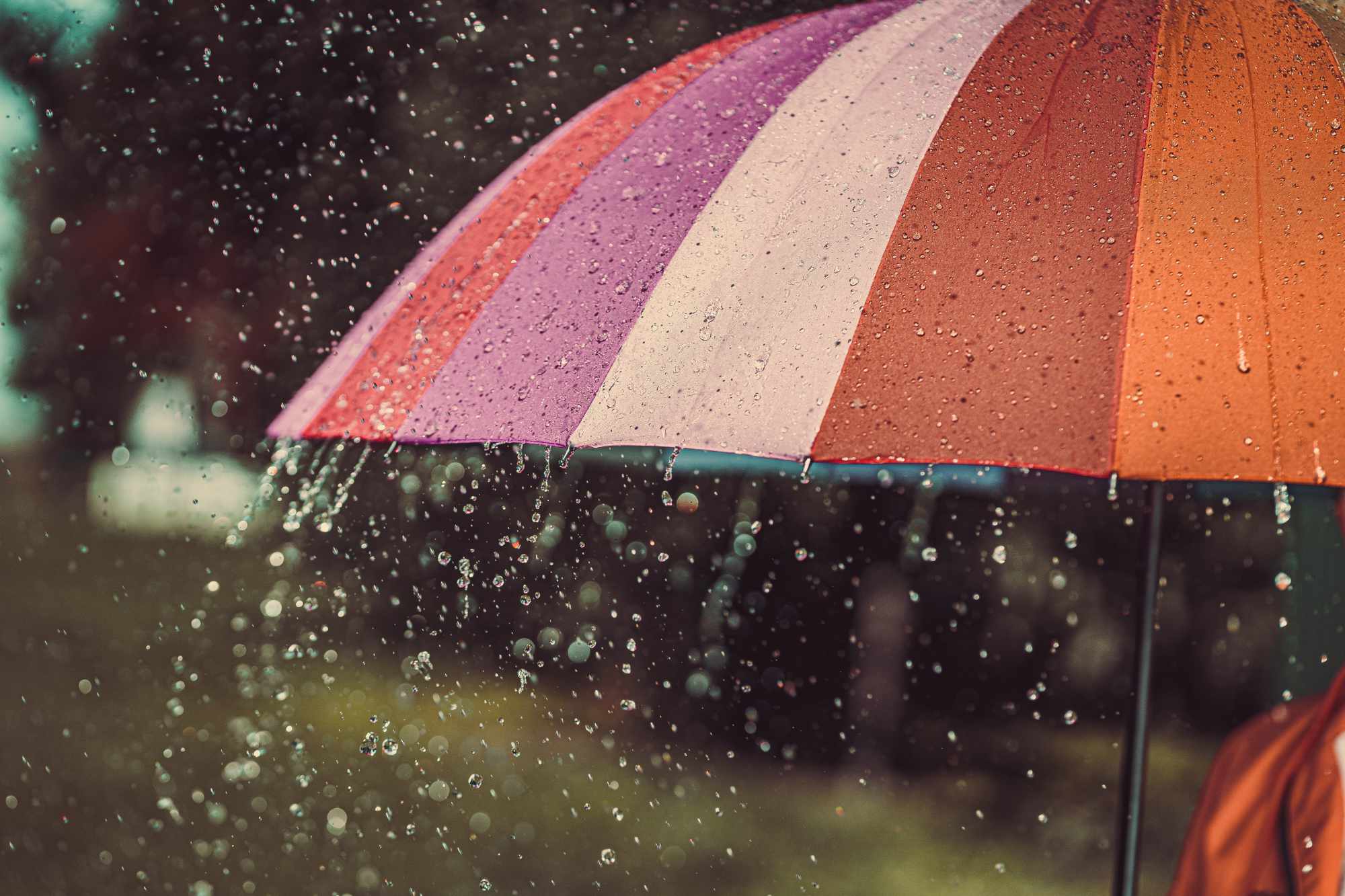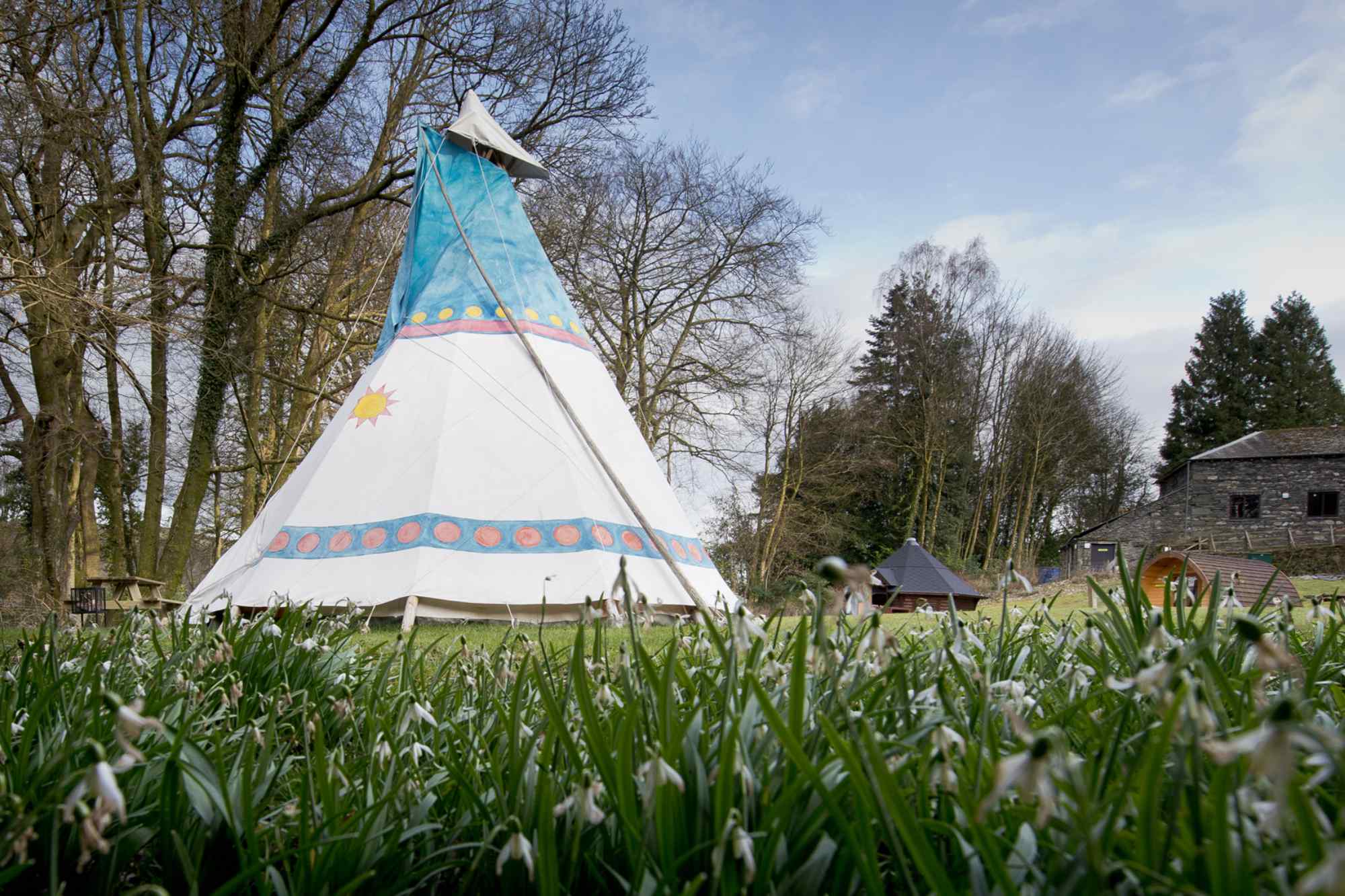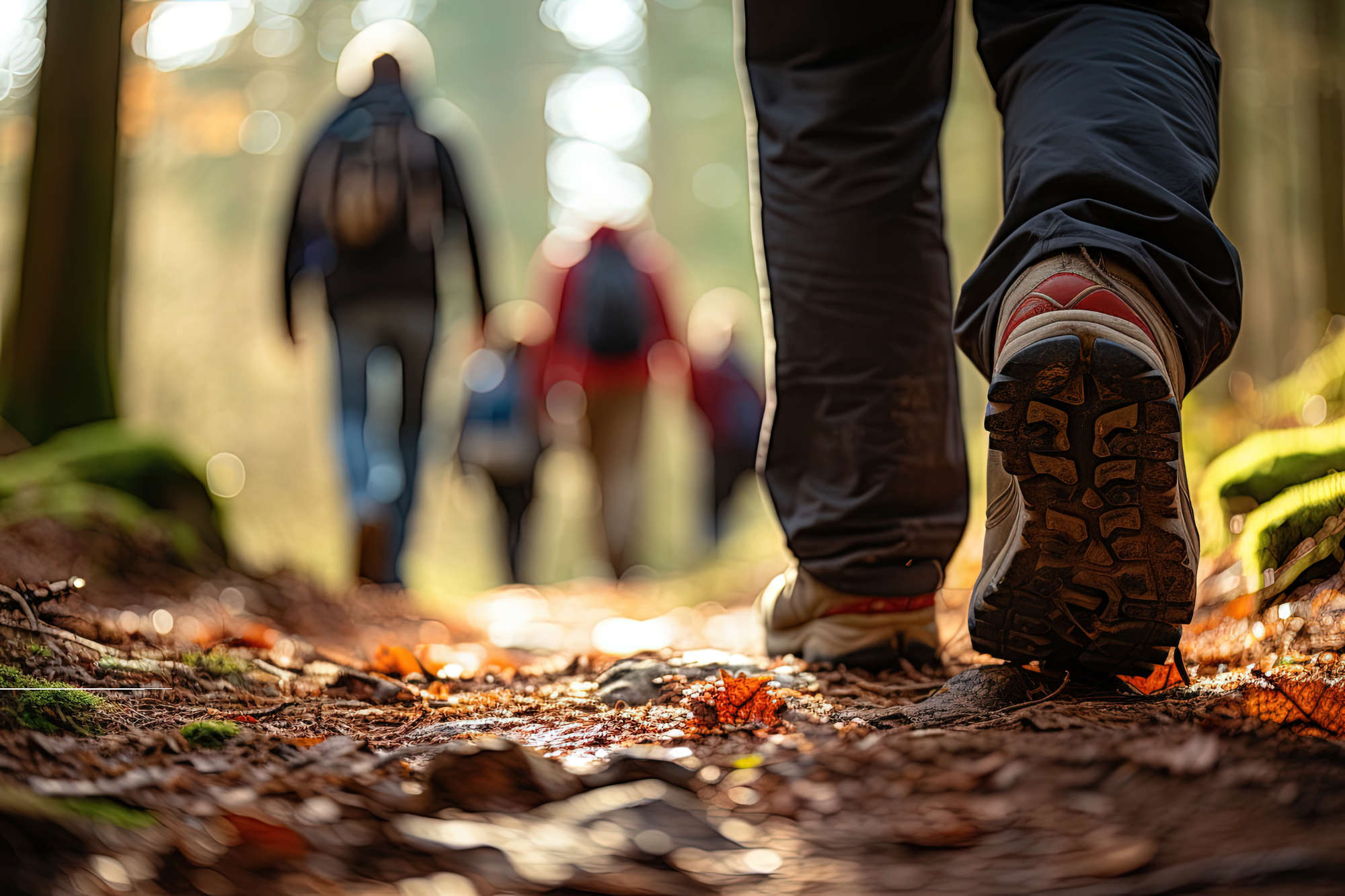As the temperature drops, adventures on foot take on a whole new dimension. Here are some useful outdoor skills from hillwalkers’ bible The Great Outdoors magazine:
Dress for the conditions
First on our list is dress for the conditions. Wear several layers of clothing and be prepared to take off and add layers where necessary. Starting from next to your body, a specialist technical base layer will move moisture away from your skin, then a breathable fleece will add warmth and a good technical waterproof will keep you dry and protected from the wind. You can take the same approach to layering on your legs – waterproof trousers really come into their own when the weather turns bad in winter.
For very cold days, take extra insulating layers, such as a down-filled gilet or jacket. But if you ‘walk warm’ then save your insulating garments for when you stop, as excessive sweating will wet your clothing and reduce its power to insulate.
Navigation
Navigation is is next. an A GPS device should not be relied upon as the sole navigation tool. Make sure you carry a map in a waterproof case, and ideally a back-up one too, as well as a spare compass. Over recent years there have been a number of incidents of reversed polarity, where compass needles have been partially or totally reversed as a result of close proximity to an electronic gadget such as a mobile phone. So keep your compass away from other such pieces of kit, and get into the habit of checking it’s accurate before you leave the house.
Look after your extremities
A balaclava, Buff or similar piece of kit can help to keep your nose and cheeks warm. If you’re lucky enough to get a bright day, especially on the summits, carry sunscreen. Wear gloves and take at least one spare pair. Also consider doubling up on your socks on very cold days.
Check the forecasts
If you’re heading into the hills, don’t just check the weather forecasts but also avalanche conditions. North of the border, the Scottish Avalanche Information Service (sais.gov.uk) provides detailed reports and the Felltop Assessor reports from the summit of Helvellyn are a useful resource for walkers in the Lake District.
Take a torch
Don’t forget your head torch – whether you expect to be out after dark or not. If there’s a chance you’re going to be out late or in difficult terrain, take a spare one as well. And don’t forget a change of batteries.
Stay hydrated
Good hydration is as important in winter as it is in summer. On very cold days, make sure you insulate your hydration bladder or bottle, or take a flask with a hot drink.
Allow extra time
Even a familiar route can bring unexpected difficulties under snow, and things can take a lot longer than usual. In the short days of winter, time can run out quickly.
Be careful on slippery ground
An overnight drop in temperature can allow ice to form even on grassy hills where no snow has fallen. Because the slopes look green, it’s easy to assume they’re not icy. Be prepared to change your route if necessary.
Consider spikes
On low-level walks, consider carrying crampons or lightweight alternatives if you’re likely to encounter icy terrain. But if you’re heading onto the hills or anywhere that a fall could be risky, you’ll need both full crampons and an ice axe – plus, crucially, the skills to use them properly. It may be useful to consider getting training with a specialist instructor.
Discover more about YHA.

